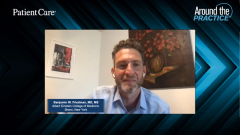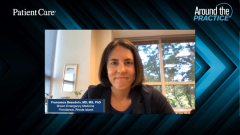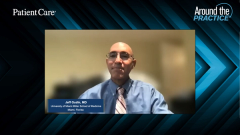
Take-home Messages for Acute Pain Management
Benjamin W. Friedman, MD, MS; Francesca Beaudoin, MD, MS, PhD; Paul Arnstein, RN, PhD, FAAN; and Jeff Gudin, MD, provide take-home messages to providers treating patients with acute pain.
Episodes in this series

Benjamin W. Friedman, MD, MS: Does anybody have any closing thoughts or want to summarize everything we’ve discussed in this segment on acute pain management?
Jeff Gudin, MD: I can take a stab at it, Ben. My colleagues have brought up salient points about how pain is a multidimensional experience. It’s important for us to assess not just a 0-to-10 pain score but also how pain affects their function and their overall activities of daily living. The physiology is complex, so we have to think about the pain pathways, the nociceptive pathways, when we design an analgesic regimen for patients. Can we use multimodal therapies? Can we use combinations of medications with synergies? When we do that, we could offer patients safe, low-dose, effective analgesia for most of the common acute pain conditions that we see.
Paul Arnstein, RN, PhD, FAAN: I’d add that it’s important to pay attention to the individual in terms some of the underlying causes of the pain as well as some of the things that drive pain levels up. How do we get those in control with our treatment regimens that address the underlying cause of pain and its effect on their functioning? What are the potential harms that may come as far as drug-drug interactions, drug-disease interactions, or other factors in terms of the patients’ behaviors so that we could promote safety and efficacy and avoid treatment-related harm?
Francesca Beaudoin, MD, MS, PhD: Thanks. I agree with both of those great comments. My take-home message is to focus on the individual patient and the circumstances of their condition, and apply the best pain management at that moment for that individual. Thanks for having us here today.
Benjamin W. Friedman, MD, MS: Jeff, Paul, and Francesca, thanks for that informative, thoughtful, and awesome discussion. Thanks to everybody for watching this Patient Care®presentation. We hope you found this presentation rich and informative.
Transcript Edited for Clarity
Newsletter
Enhance your clinical practice with the Patient Care newsletter, offering the latest evidence-based guidelines, diagnostic insights, and treatment strategies for primary care physicians.

























































































































































































































































































































